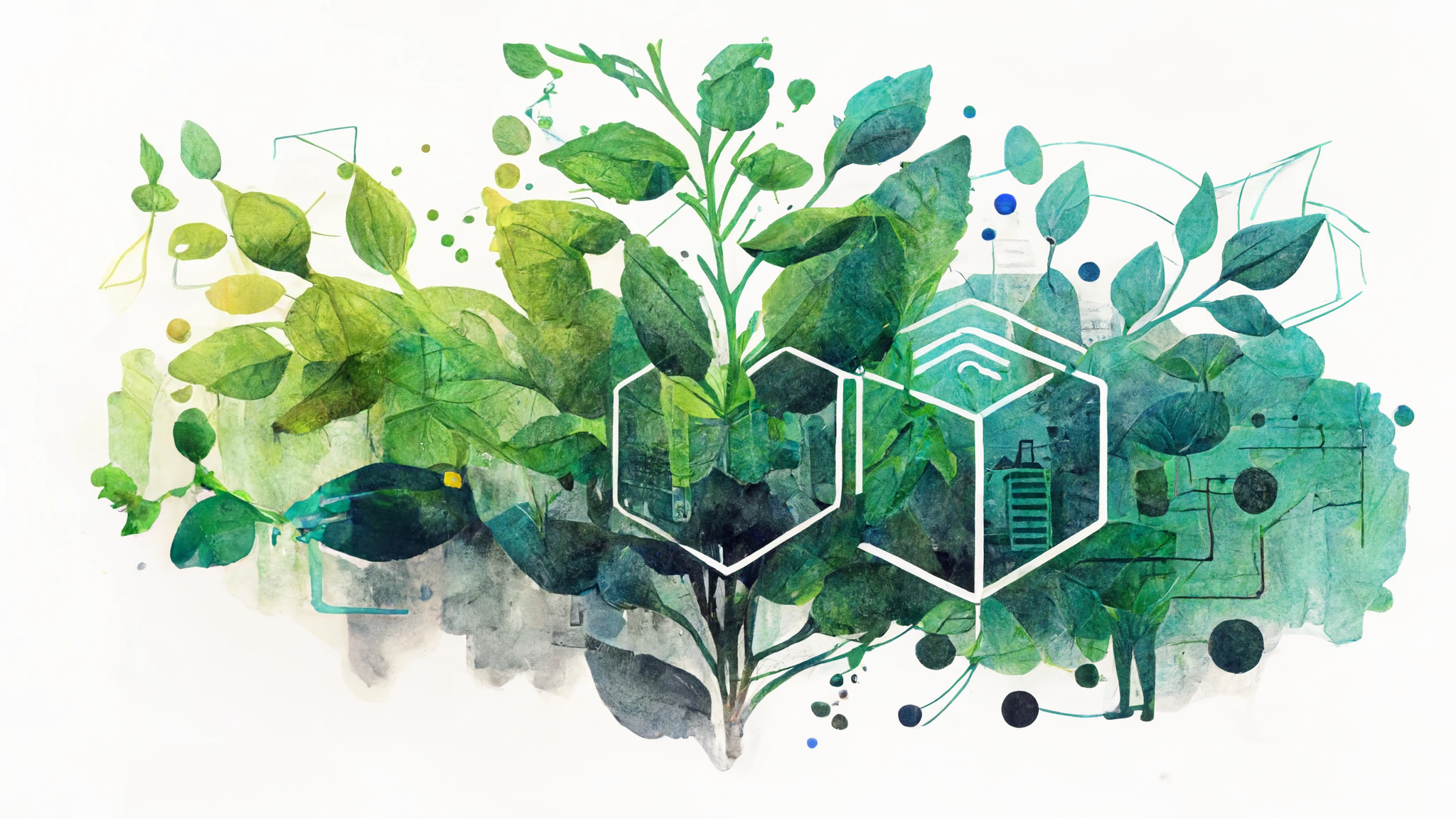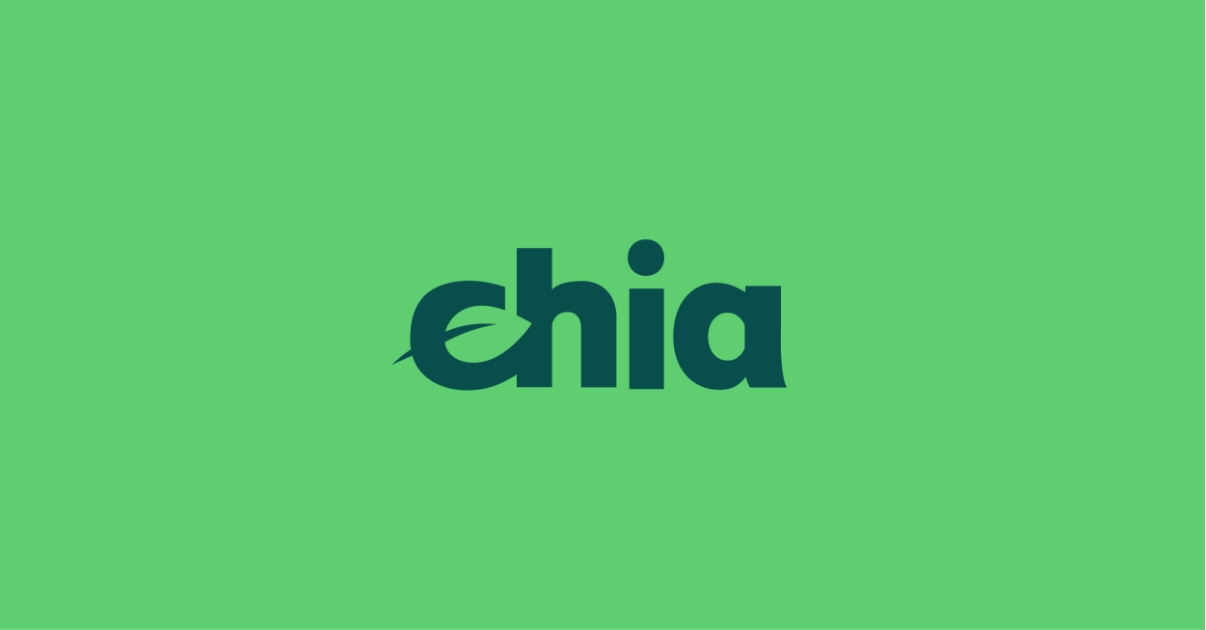The new version of our green paper is updated to explain the consensus algorithm we actually deployed. It is very similar to the consensus algorithm described in the first version of our green paper. It’s still using proofs of space and time, and even the units of weight the blockchain is measured in are still the same. But the new approach is more resistant to someone with a faster timelord being able to gain an advantage for themselves. It also only follows a single tip, as is done in proofs of work, which makes the running of full nodes and wallets much simpler.
Work on this improvement started after seeing this presentation and is what I spent most of 2020 working on. The core idea behind that paper, or at least the core idea that I didn’t already know, is that security against grinding is enhanced by making challenges for multiple upcoming blocks be based solely off a single current block rather than aggregating in everything seen so far for every challenge. Intuitively this makes sense: The fewer things outputs are based on, the less opportunity there is to manipulate them.
We’ve added a few improvements to the above, most notably the block which a challenge is based on comes from the beginning of a period rather than its end. We’ve also added verifiable delay functions wherever possible so that the consequences of withholding a block are as opaque as possible at the time it’s created. The combined result of those two tricks is that an attacker who’s deciding whether to withhold a block won’t know whether it benefits them until long after the block has been thoroughly buried by other blocks from the network, and they have no chance to retroactively go back and change their decision.
There are also a bunch of subtle details of how the chain is split up and how work difficulty resets work, but the net effect is simply that as long as there’s one fast, honest timelord on the network, nobody can get more than their fair share of block rewards based on their amount of space. We’re also rolling out VDF ASICs which will make someone having a much faster timelord completely cost prohibitive.




